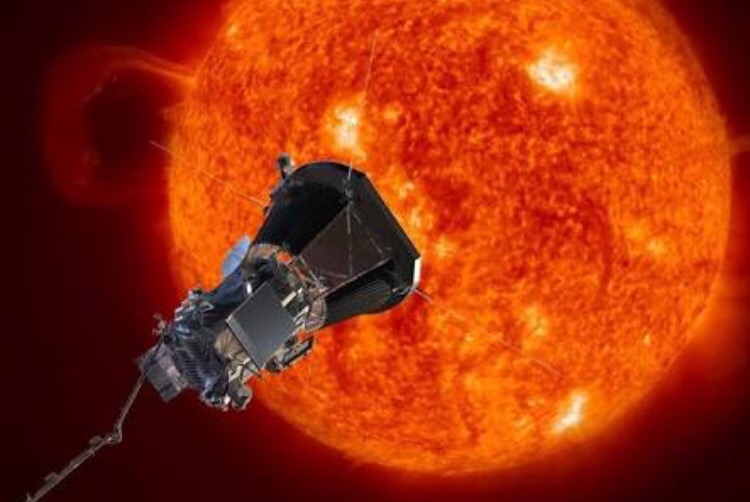- NASA is all set to launch the world’s first mission to the Sun in 2018, to explore its atmosphere and answer questions about solar physics that have puzzled scientists for over 60 years.
- The Parker Solar Probe has been named so to honor the pioneering astrophysicist Eugene Parker, who predicted the existence of the solar wind nearly 60 years ago.This is the first time NASA has named a spacecraft for a living individual.
- The probe, which is about the size of a small car, is loaded with technological breakthroughs that will solve many of the largest mysteries about the Sun, including finding out why its corona is so much hotter than its surface.
Also Read: ISRO & NASA Collaborate to Build NISAR Satellite
- Parker Solar Probe will travel through the Sun’s atmosphere, closer to the surface than any spacecraft before it, facing brutal heat and radiation conditions – and ultimately providing humanity with the closest-ever observations of a star.
- To perform these unprecedented investigations, the spacecraft and instruments will be protected from the Sun’s heat by a 4.5-inch-thick carbon-composite shield.
- The spacecraft is set to be launched during a 20-day window that opens on July 31, 2018, from NASA’s Kennedy Space Centre in Florida.
- In the 1950s, Parker proposed a number of concepts about how stars – including our Sun – give off energy.
Read in Hindi: 2018 में शुरू होने वाला सूर्य पर पहला मिशन
- He called this cascade of energy the solar wind, and he described an entire complex system of plasmas, magnetic fields and energetic particles that make up this phenomenon.
- Parker also theorized an explanation for the superheated solar atmosphere, the corona, which is – contrary to what was expected by physics laws – hotter than the surface of the Sun itself.
- Many NASA missions have continued to focus on this complex space environment defined by our star – a field of research known as heliophysics.
Source: ToI











